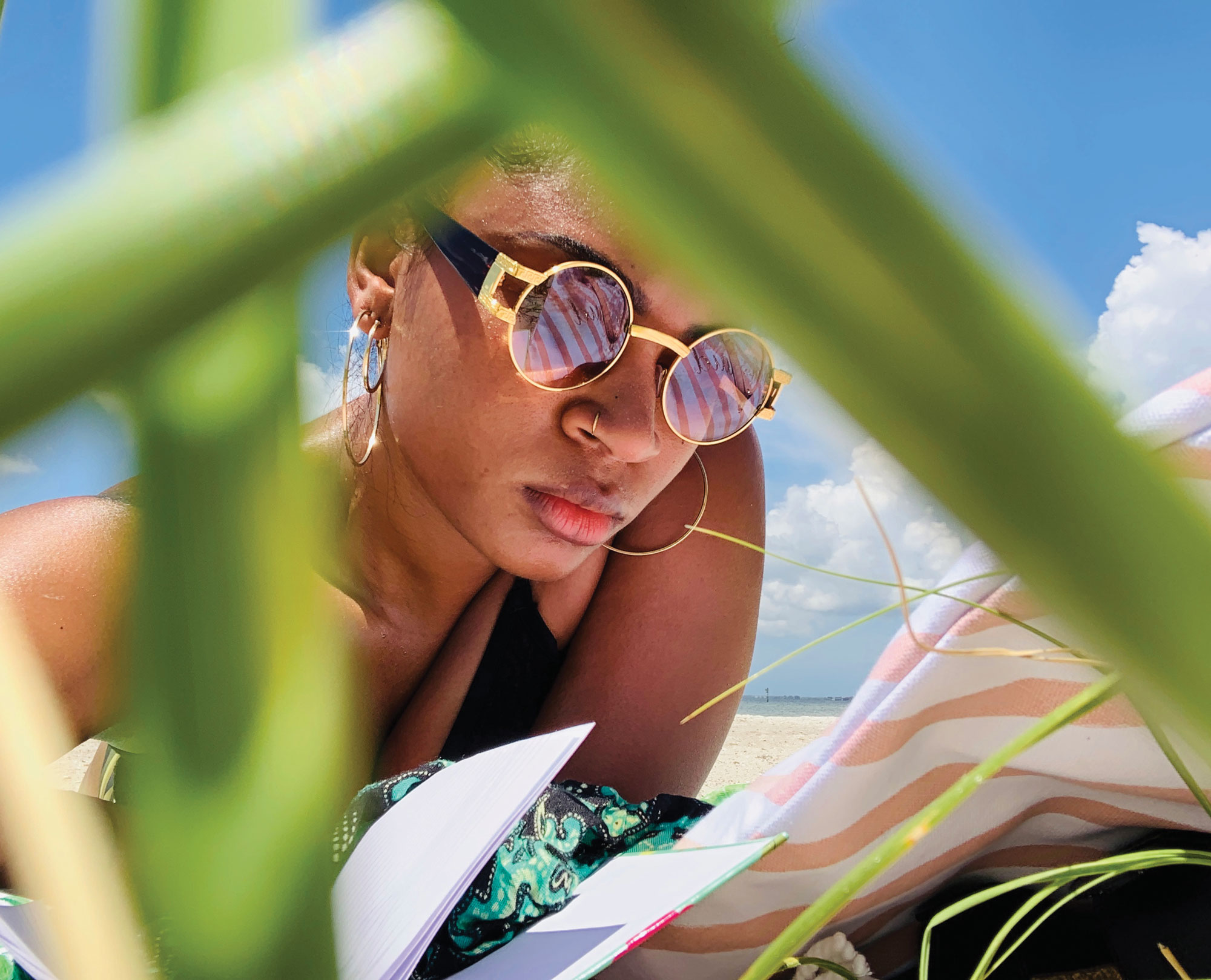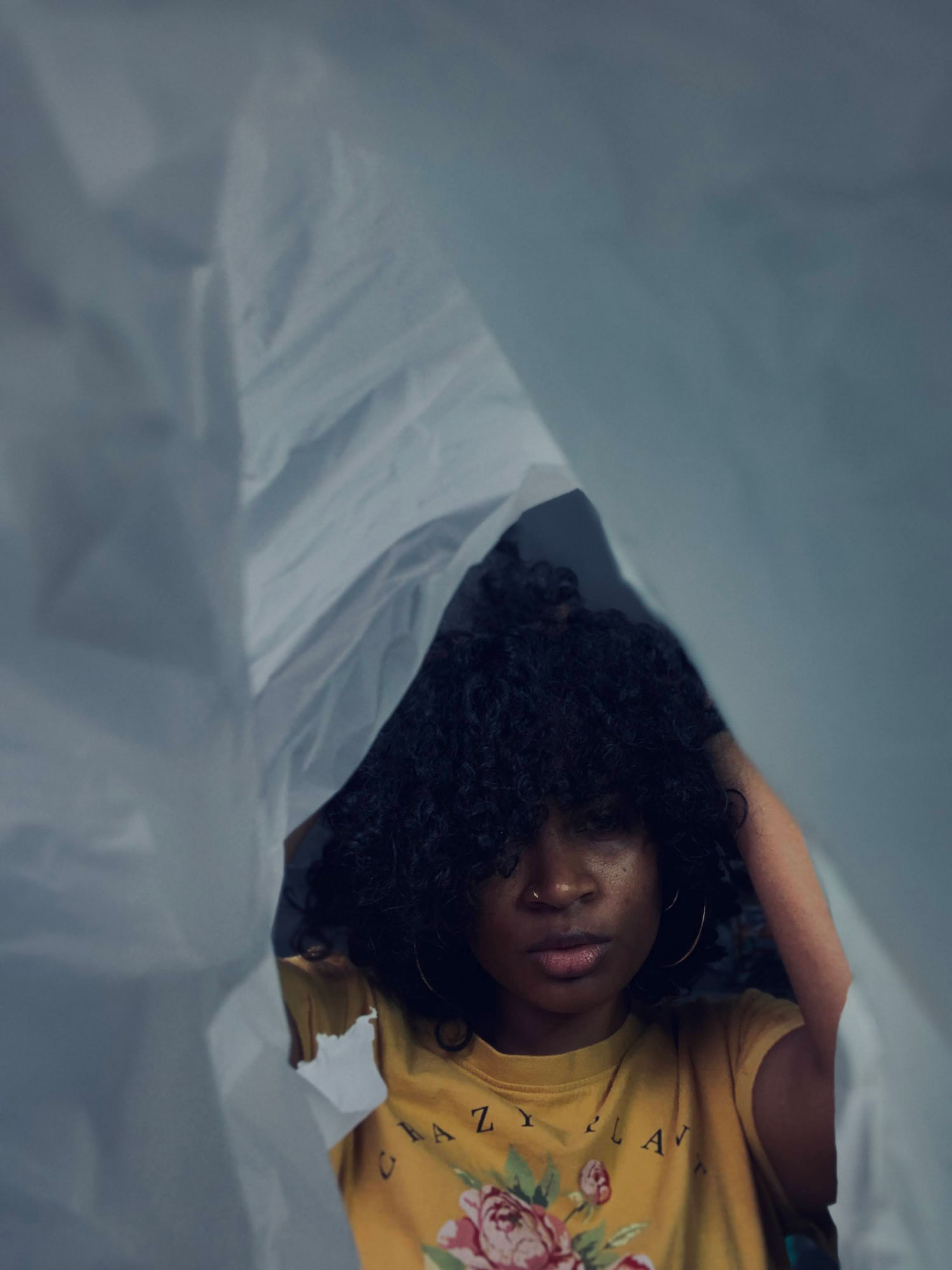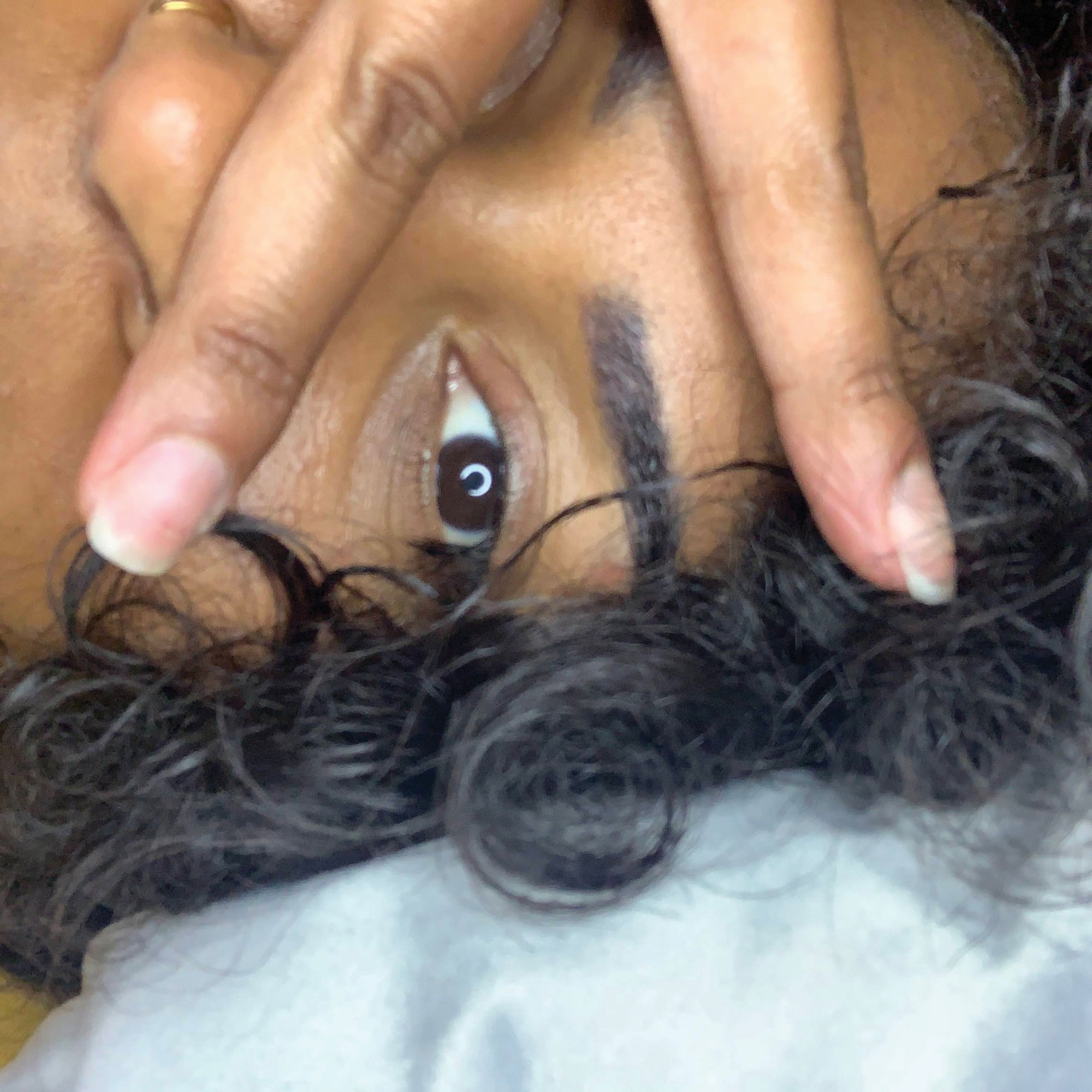
Me, Myself and Eye
ONLINE PRESENTATION
Me, Myself and Eye Home // Leslie Elsasser - Introduction // Selina Roman - Mind Currents // Michael Ball // TC Bryant // Larry Busby // David Canaday // Michael Congdon // Brandie Dziegiel // Loretta Fields // Jeaniel Image // Douglas Eric Jordan // Valerie Larson // John Leduc // Jason Lind // Mikko Maki // Alex Martinez // Matias // Noemys McConnell // Megan O’Connell // Robert Ortega // Adaina Plaza // Pat Randall // Heather Rivera // RaeAnne Swanson // Michael Webb

Adaina Plaza, No Filter, 2020
ADAINA PLAZA - US AIR FORCE
No Filter
Photography has become a vital part of everyday life. Many make money from their photos, others use photography as a means of staying connected and sharing with those closest to them, while others use it to relay information. But one thing is for sure, photos are essential to mankind. What would history look like without photography? If it wasn’t for photography, we would not have history, we would not know what Abraham Lincoln looked like or more importantly our ancestors. The pictures we take now will be the memories for our grandkids and their kids once we are gone. It allows us to not be forgotten. Photography is such an underappreciated art. Photographers risk their lives to get pictures that we view today, from those who took pictures of Nazis and death camps to those who took pictures as the Twin Towers fell. If these pictures didn’t exist there could be speculation whether it happened or not, but the proof is in the picture.
I recently learned about “Visual Storytellers.” We have all heard the saying “Pictures are worth a thousand words” right? Well, our pictures tell a story. That picture of you and your best friend sporting a painfully massive smile that stretches the football field, begs the question—what were they smiling about? Did something funny or exciting just happen? Are they posing for a photoshoot? Are they telling each other jokes? Although we may never know, it was an intimate happy moment between two people that they will forever be reminded of when they look at that photo.
Pictures can tell a lot about someone whether they are masking or not. My images show that I didn’t worry about taking the perfect picture when I traveled. It’s true, I would snap a picture so I could say I was there and look back, but I wouldn’t spend a lot of time finding the right angle, position, lighting, pose, etc. But I see the value in quality pictures. I want beautiful amazing pictures, but I also don’t want it to consume my travels.
Over the course of this class, the most important thing I took away from the workshop is appreciation. I learned to appreciate the pictures I took. I learned to put a little more effort into them and use my individualism and personality as the inspiration behind my pictures. These pictures will be my legacy when I am gone not my money nor my things but “me.”
Photography is a form of expression and self-identity. I am trying to convey that my photograph and myself are unedited with filters or makeup application. I feel like today’s society believes that beauty standards require “when hair is done, nails did” and a full face of makeup applied, for someone to be beautiful. I think they got it all wrong. When one can take all that stuff off and look at one’s self and be happy with what they see...that’s a beauty!!!
Sometimes a photograph is beautiful thanks to the position and what the camera saw. We often live life from the sole perspective of our eyes; a 6’7 man will always see from the top looking down or a baby will always be looking up. I just thought about the different perspectives viewed from the camera and “wow this is how small animals and bugs see the world;” lol, what a beautiful view.
ADAINA PLAZA
US AIR FORCE

Adaina Plaza, Who Knows? 2020

Adaina Plaza, Slant, 2020
For more information:
Email Leslie Elsasser at lelsasse@usf.edu
or Ashley Jablonski at danyele@usf.edu
Breaking Barriers 2020 is supported by the James A. Haley Veterans’ Hospital, Love IV Lawrence, Hillsborough Arts Council, and the Florida Department of State.

Subscribe
Sign up for USF Institute for Research in Art email updates!
Follow us
Visitor Information
Graphicstudio Hours:
M–F 10am–5pm
USFCAM Hours:
Mon. to Fri. 10am–5pm
Thurs. 10am–8pm
Sat. 1–4pm
CAM is closed Sundays, all University and State of Florida holidays, and between exhibitions.
Tours:
Groups and organizations interested in tours of the exhibition should contact CAM to schedule at least two weeks in advance at (813) 974-4133.
Accessibility:
The University of South Florida Contemporary Art Museum (USFCAM) is fully accessible to visitors with disabilities. There are disabled parking spaces outsde of the museum, an accessible entrance, good lighting and accessible restrooms.
The museum follows the USF guidelines regarding service animals.
USFCAM faculty and staff are pleased to work with organizations that provide cultural opportunities for disabled clients to tour the Museum. Please call (813) 974-4133 two weeks in advance to request specific tour information. For more accessibility information please call (813) 974-4133.
Internships
Interested in an internship at CAM or Graphicstudio? Visit our Internships page to find out how to apply and what deadlines you need to know.
Copyright + Reproduction
The electronic images available on this site are subject to copyright and may be covered by other restrictions as well. The images are made available to the general public for the sole purpose of representing the USF Contemporary Art Museum’s programs and collection. Copying or redistribution of the images in any manner without the express written permission of the University of South Florida Institute for Research in Art is strictly prohibited.
Contact
caminfo@admin.usf.edu
(813) 974-4133